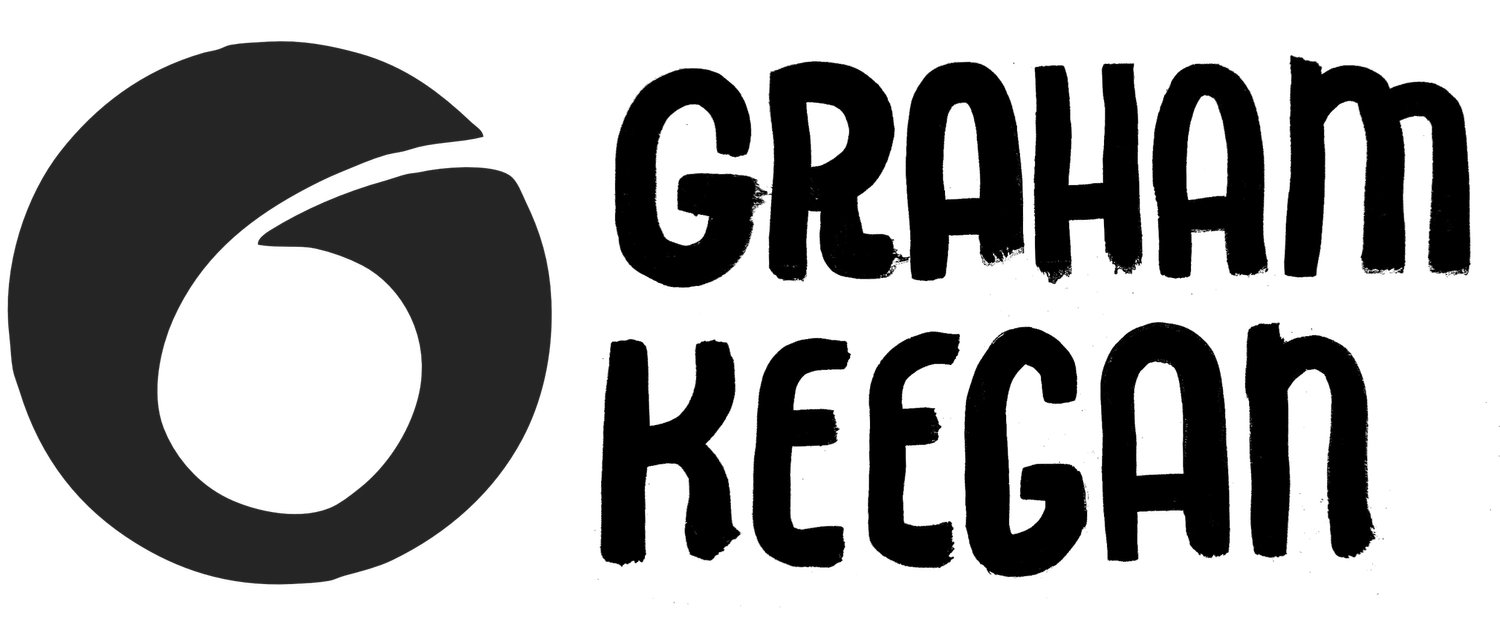Troubleshooting a Different Vat Recipe
Q: Yesterday I tried an indigo iron vat recipe that was almost identical to yours, except it called for less of each ingredient (20g indigo, 40g ferrous sulphate, 60g lime) and it suggested starting with all of the water (nearly boiling) rather than 1 gallon and then topping it off. I used Stony Creek indigo 40%. After an hour it had the bronzy oily surface and the bubbles in the middle, so I thought it was good to go. However, it just stained the fabric a dull grey/blue rather than the characteristic green-to-blue change upon oxidation. Do you think it was because I didn't use enough ingredients? Or didn't let it sit long enough? Also, it was way too hot to submerge my hands into, is it ok to let it cool a few hours before dyeing?
A: My suggestion is to wait longer before dyeing. If it turns gray, you were most likely dyeing in the ‘unsettled’ sediment OR the indigo was not properly reduced yet. Allow the ingredients to settle out and the temperature to get cooler before you start dyeing.
Starting with all of the water boiling rather than heating only 1 gallon for mixing and then topping off after will not make a difference or lead to the challenges you are describing. You can even make your vat in completely cold water, it just effects the amount of time it will take for the indigo to properly reduce. When using hot water, proper reduction can happen in as little as one hour. When using cold water, proper reduction takes approximately 24 hours.
The ratio of ingredients is right on but those numbers seem low to be able to power a 5 gallon vat and that could also contribute to your difficulties. Don’t be afraid to add more iron and lime to get that indigo activated.
The vat will remain viable for quite a while after it is mixed up, days to weeks, depending on how well behaved you are with your fabric in the vat.
